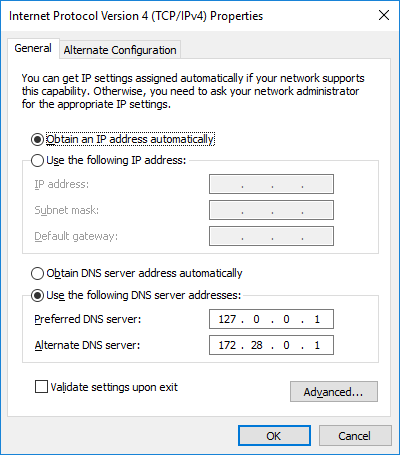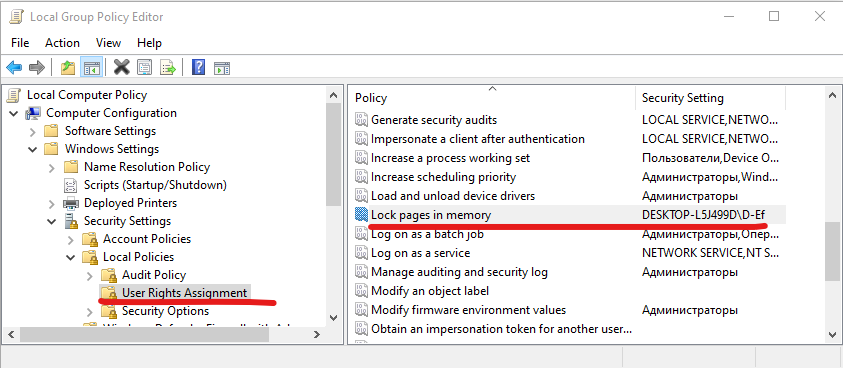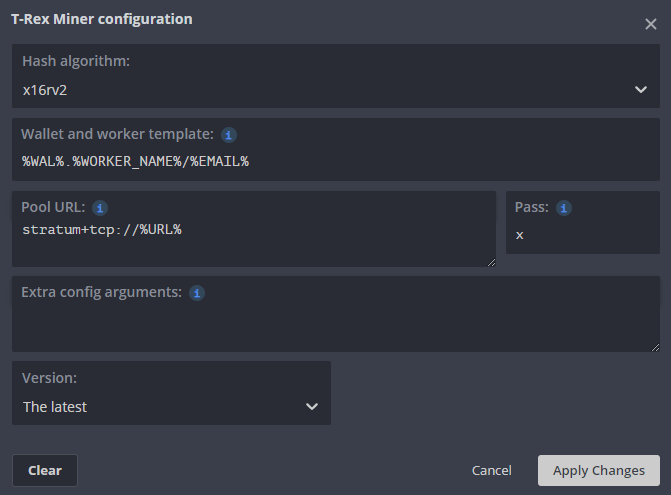I implemented a simple C++ binary serialization framework that makes a structure or class serializable by adding a macro that usually takes one line of code as shown in the example below:
struct A
{
bool x;
int y;
AWL_SERIALIZABLE(x, y)
};
There is also a macro that makes a structure or a class equatable:
AWL_MEMBERWISE_EQUATABLE(A)





